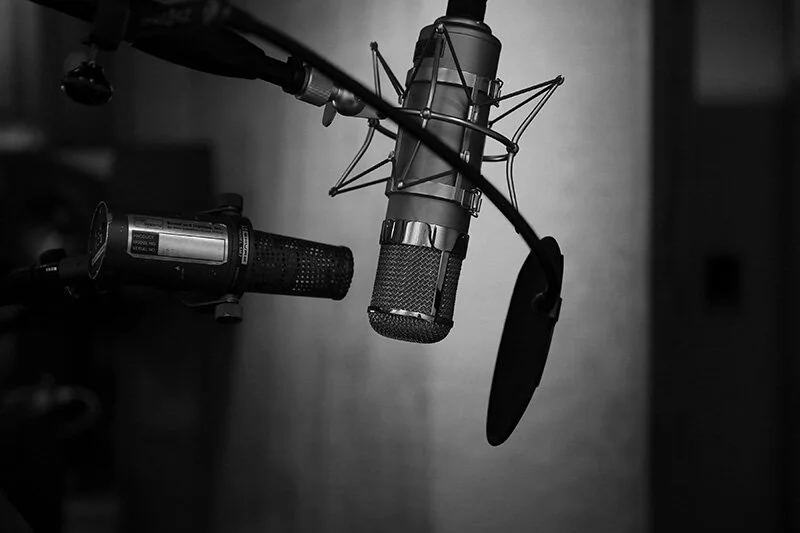Written by: AC Goldberg / Transgender Voice / January 20, 2021 / 10 minutes read

Considering gender voice modification?
First, free yourself from the notion that your vocal characteristics are gendered. Imagine yourself, hear yourself, listen to yourself…
What does your voice sound like?
What sensations do you experience when vocalizing?
What do you like about your voice?
How do the things you like, feel?
Are they smooth? Airy? Light? Earthy? Rich? Something else?
What does your voice feel like on your lips? In your mouth?
How’s your breathing? Is it shallow? Long? Consistent? Do you run out of air?
Do you like the sound of your voice when you’re singing?
When do you find yourself wishing your voice were different?
Are you misgendered because of your voice?
Do you feel that interferes with your safety?
Your ability to be seen…or unseen?
If you weren’t misgendered because of the sound of your voice, would you want to modify it anyway?
If so, what are the qualities you’re looking for in a voice?
How did you decide these qualities were desirable?
Free your mind, then free your voice.
The notion that our voices have gender is as tired as the notion that our body parts have gender. They don’t, we do. Our internal sense of gender is what matters, what’s real and what’s valid. Individual characteristics about our presentations can be modified to align with our genders, but they, themselves, are not inherently gendered.
Vocal characteristics are extremely individual. If you look at data across many points, you can see that things like pitch, which are so often linked to listener perception of gender, have overlap and variability across the gender spectrum. In spite of what the false gender binary leads everyone to believe, there are no masculine or feminine pitches. While instrumental pitch relies on a binary measure, pitch, conceptually, is a non-binary construct. That is to say, while pitch is numerically binary, there are no gender assignments associated with hertz. Nobody can hear a sound and say, “that sound is female” or “that sound is male.” All sounds are just that, sounds.
When we think of sound in the absence of gender, all we hear are a beautiful array of notes, noises, squeals, tones, beeps, warbles and signals. We don’t gender every sound, every pitch, every note that’s produced on a musical instrument. So, why do we gender sounds that come from the human vocal tract? To the extent we accept that gender is not a simple, natural binary, we must also recognize that the gendered voice is complex, multidimensional, and socially constructed.
The notion that our voices have gender is as tired as the notion that our body parts have gender. They don’t, we do. Our internal sense of gender is what matters, what’s real and what’s valid.
The concept of intersectionality recognizes that each aspect of a person’s identity is necessarily inflected by their other identities, such that gender can never be examined alone but must be understood as intersecting with age, class, race and ethnicity, and other elements of the self (Crenshaw, 1989). When we think of our voices as the intersection of our identities we can achieve the highest quality of self-expression.
In order to engage in effective voice therapy we must open ourselves to feeling vulnerable, even if it’s in a safe space with an S-LP. It can feel uncomfortable, raw and exposing to confront our insecurities, whether they’re about voice or anything else. In many ways, your voice is an incredible tool you possess to express that vulnerability and thereby take control over it. Once you can articulate your desires around shaping your vocal presentation so that it better aligns with your presentation, you can begin to free your voice.
It shouldn’t be the job of any professional to tell you how to look, sound or be. That’s part of the work you’ll do with your S-LP, and what makes it deeply personal and impactful. Only you can tell someone what your voice should sound like. Nobody knows you or your gender better than you do. Let’s put preconceived notions about gender and voice, aside. Let’s work on making you sound and feel more like you.
What do you think now? Let’s revisit.
What does your voice sound like?
What sensations do you experience when vocalizing?
What do you like about your voice?
How do the things you like, feel?
Are they smooth? Airy? Light? Earthy? Rich? Something else?
What does your voice feel like on your lips? In your mouth?
How’s your breathing? Is it shallow? Long? Consistent? Do you run out of air?
Do you like the sound of your voice when you’re singing?
When do you find yourself wishing your voice were different?
Are you misgendered because of your voice?
Do you feel that interferes with your safety?
Your ability to be seen…or unseen?
If you weren’t misgendered because of the sound of your voice, would you want to modify it anyway?
If so, what are the qualities you’re looking for in a voice?
How did you decide these qualities were desirable?
You’ve arrived at your destination.
Take gender out of the equation. You already know your gender. You just haven’t found your voice…yet. Free your voice and let your self-expression evolve to reflect who you are.
To speak with one of the speech-language pathologists at Well Said: Toronto Speech Therapy, schedule an initial consultation online or calling (647) 795-5277.











